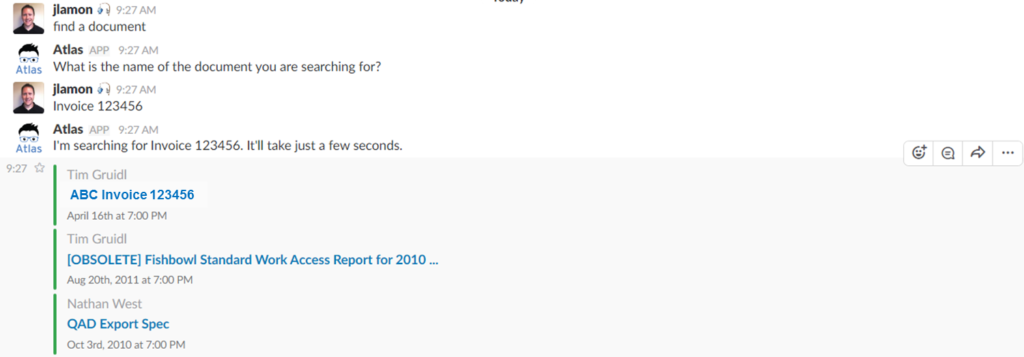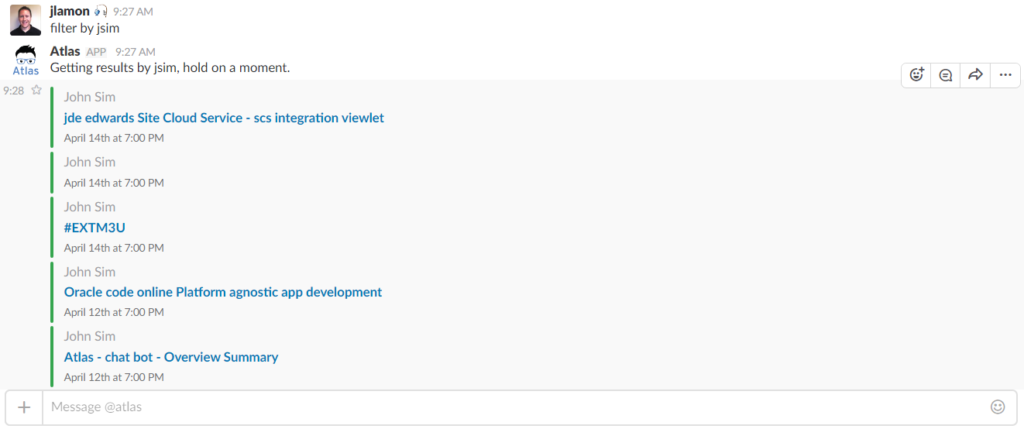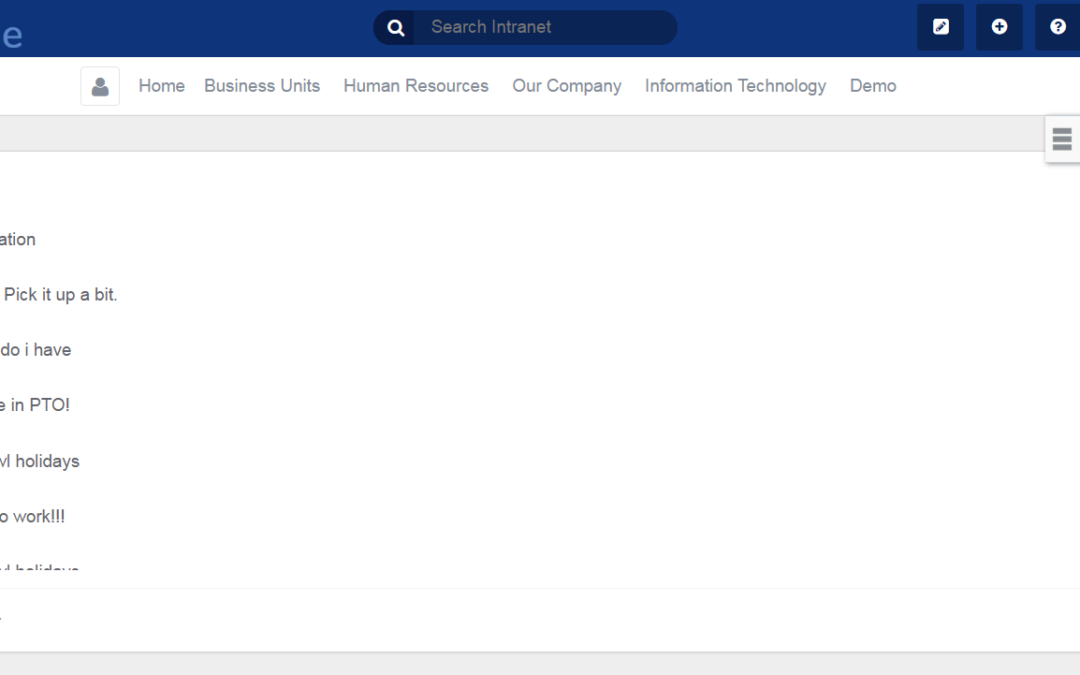If you haven’t heard about chatbots yet, you will soon. Today’s leading technology companies – Apple, Google, Amazon, Microsoft, Oracle – all have bot development strategies proceeding this year. Why? To answer that question, let’s first define the two types of bots being used today. The first is called a “virtual assistant”, which is effectively Apple’s Siri or Amazon’s Alexa. Virtual assistants can help you find or remember things, or even buy things (Dom the pizza bot). These bots are powered by machine learning, which means they will get smarter over time as more people use them and its artificial intelligence learns what people are asking it to do.
The other type of bot is a messaging bot, which have become pretty prevalent within Facebook Messenger. This type of bot can be used for customer service to answer simple questions such as “what are your store hours”? The responses returned by the bot have all been programmed, so if it gets asked a question outside of its pre-defined responses it won’t be able to interact with the user.
So, back to the question, why are bots so popular? Because bots, in many cases, can provide answers to questions or facilitate a purchase faster than a human can. Consider this stat by Deloitte – a minute of work for a bot is equal to 15 minutes of work for a human. Additionally, because messaging apps are ubiquitous (1.3 billion people use them), companies have developed bots to engage and market to users 24 x 7. To look at this from a business perspective, consider the following use cases:
- Requesting pricing and availability of a product
- During a sales meeting, you could type the following into a messaging service on your phone or laptop “what is the pricing and availability of product widget ABC”? The bot would then perform a query for this product in the ERP system and return your answer – “product widget ABC is $299 and can ship today.”
- Logging your billable hours into a project management system
- Providing quick answers to simple questions such as “how many PTO days do I have left”?
- Resetting your password
- Asking for specific content to be delivered to you, such as a product brochure, price list, or instruction manual
- Ordering new business cards, which was the example that Larry Ellison shared at Oracle OpenWorld 2016
With each of the examples above, the time savings of not having to log onto a system and perform multiple clicks to facilitate such requests could be huge – especially for employees on the go, such as sales staff, that need information quickly. All the examples above are also opportunities to reduce the amount of calls and service requests to your help desk. According to this press release from Kore Inc., about 20% of IT help desk calls are still related to password resets, an inefficiency that can cost businesses between $15 to $20 per call.
The chatbot that was developed during Fishbowls hackathon was positioned as a personal assistant in the cloud for document management. The team showed how Atlas could be used with a team collaboration system like Slack, and integrated with Oracle WebCenter to retrieve documents based on simple input from the user. For example, “find a document – invoice 123456”. Then filter by user jsim. Here are the technologies the team used to develop and integrate Atlas:
- Google App Engine
- Node.js
- Google API.ai – build conversational experiences with the Google Assistant
Here some screenshots of this use case and the bot also running within Fishbowl’s demo instance of Oracle WebCenter Portal to show an example of employee self-service. Contact us today for more information on ATLAS and intelligent chat bots – info@fishbowlsolutions.com or 952-465-3400. If you would like more technical information on how Atlas was built and our approach to developing intelligent chatbots for Oracle applications, leave us a comment and we will respond directly.

ATLAS returning results for document named Invoice 123456.

Atlas filtering results returned by author jsim.

ATLAS performing employee self-service actions in WebCenter Portal.

